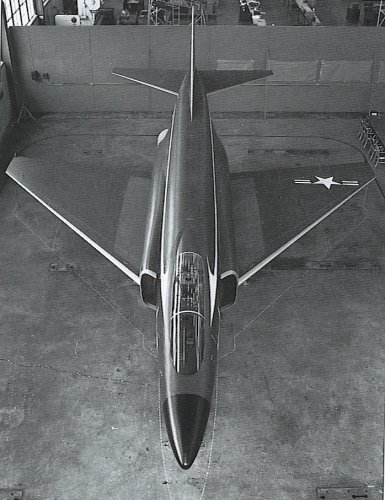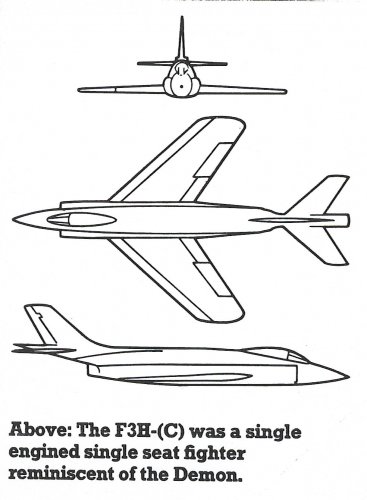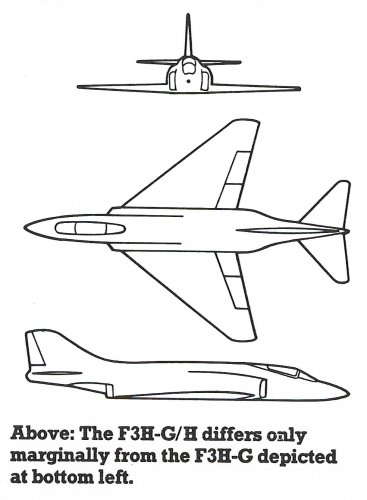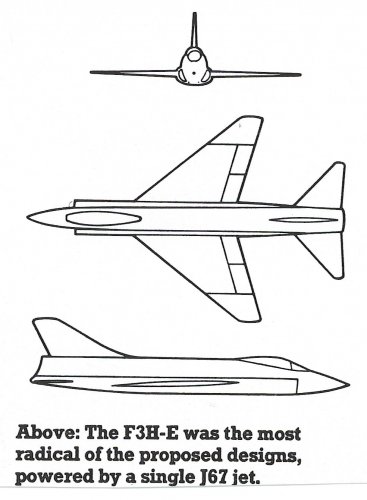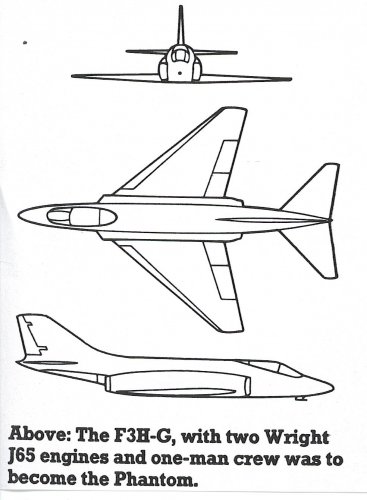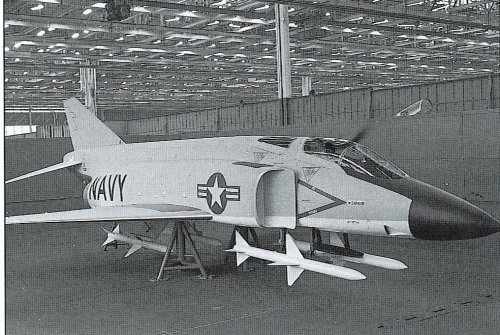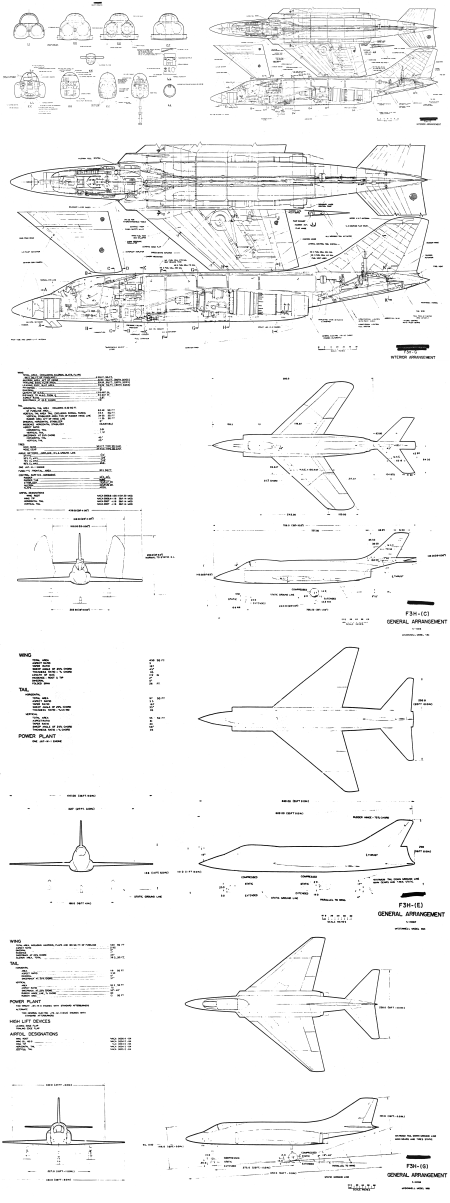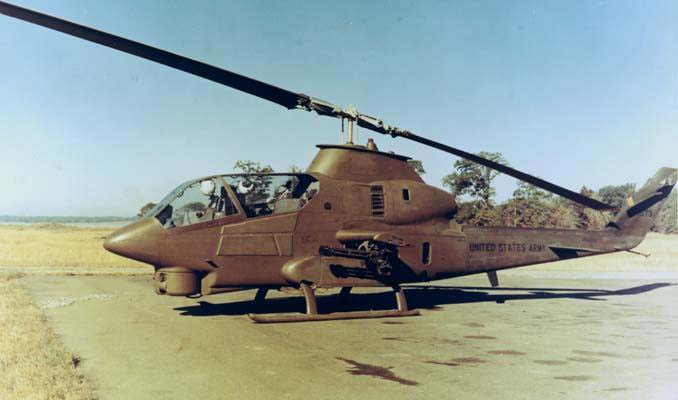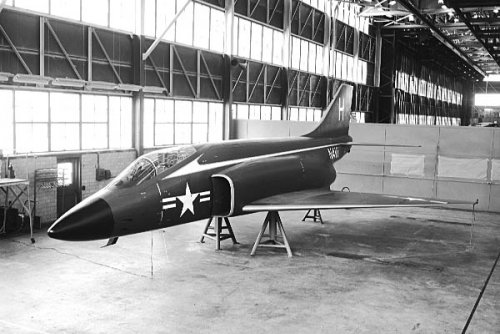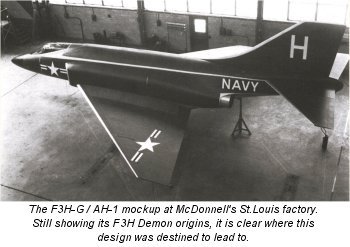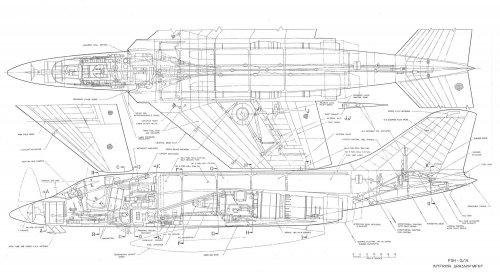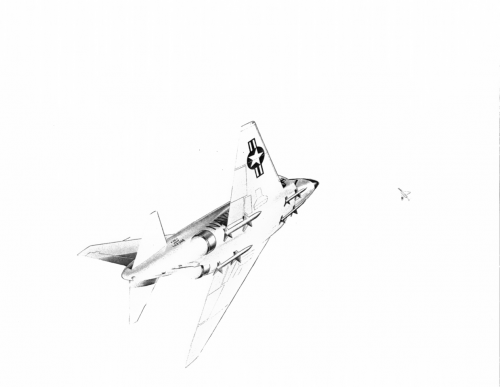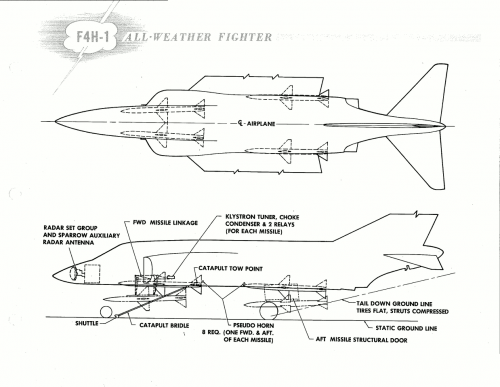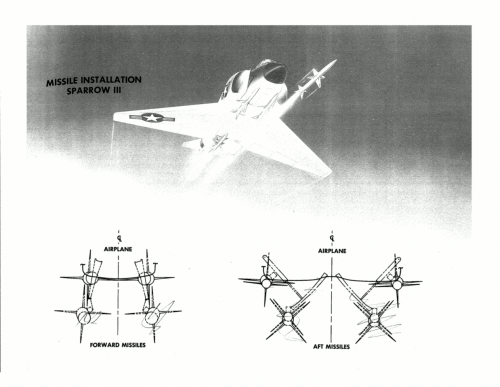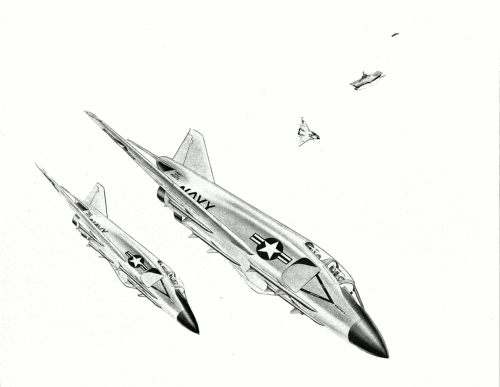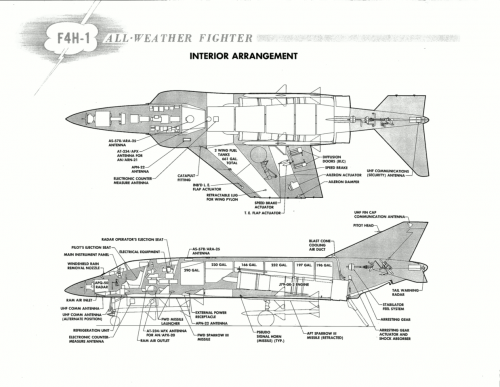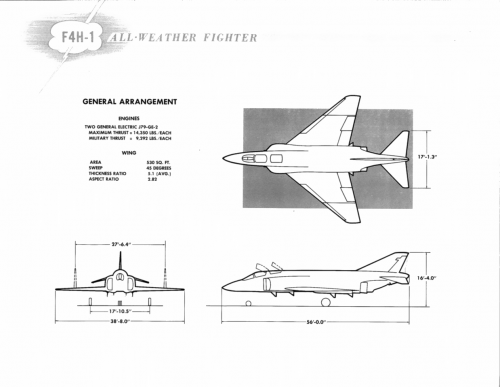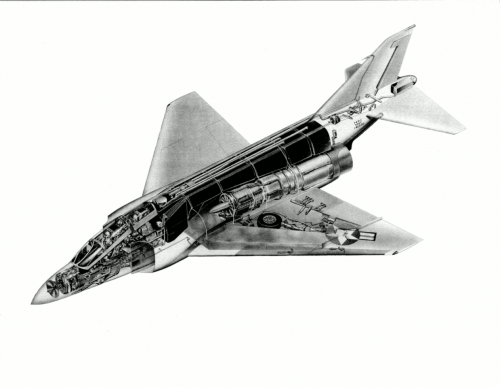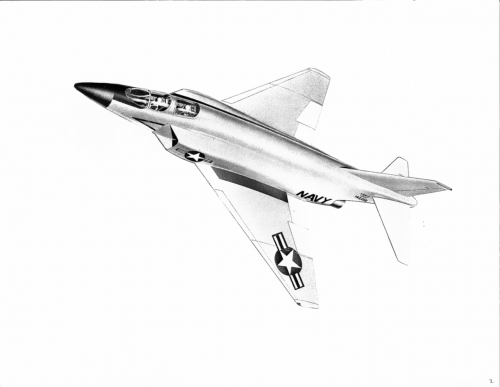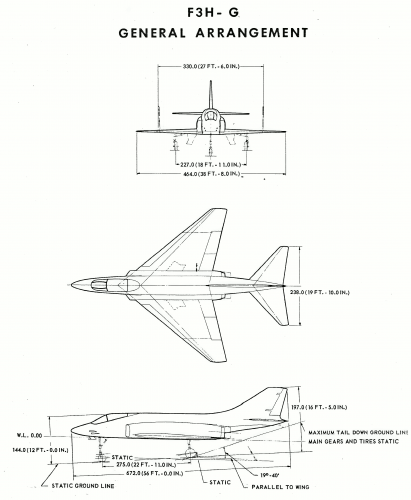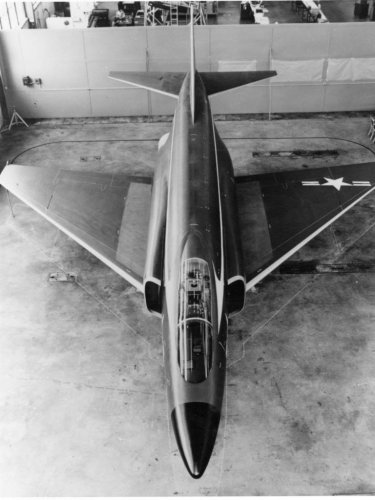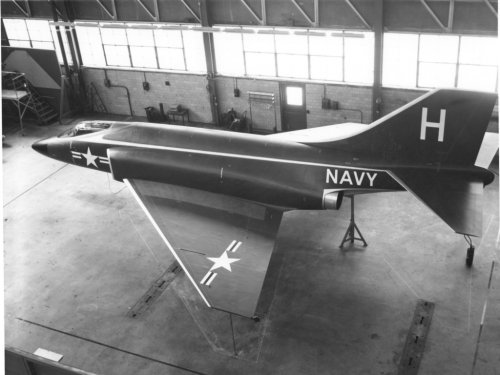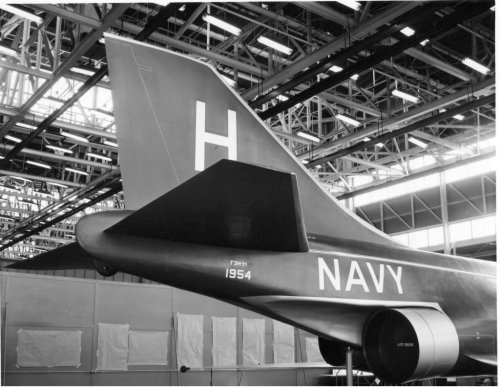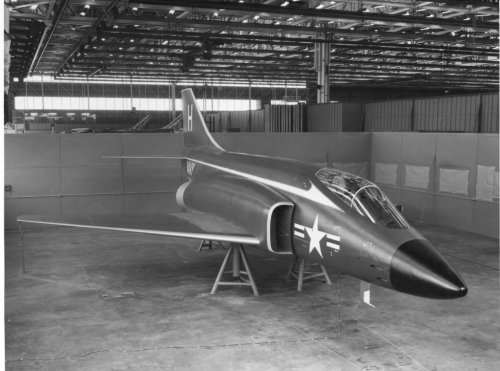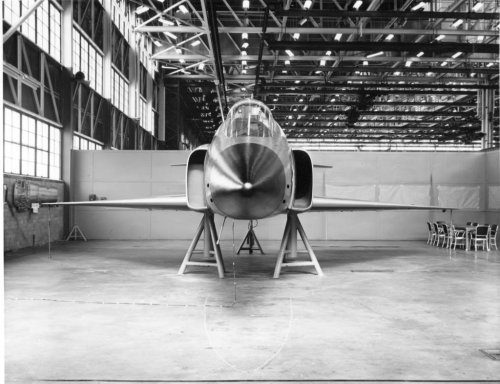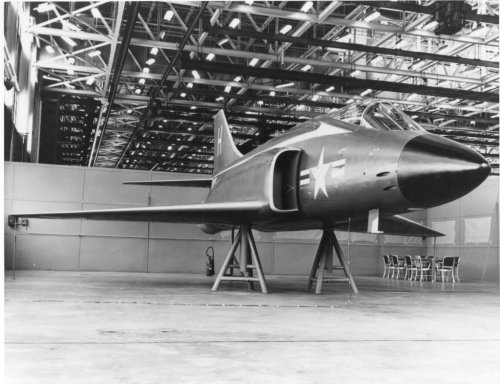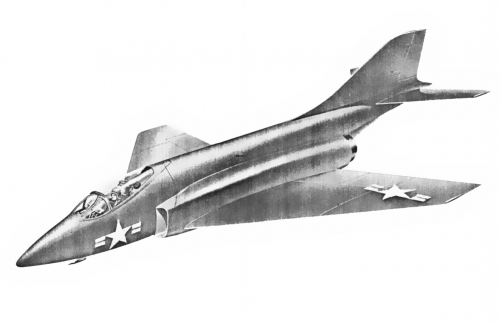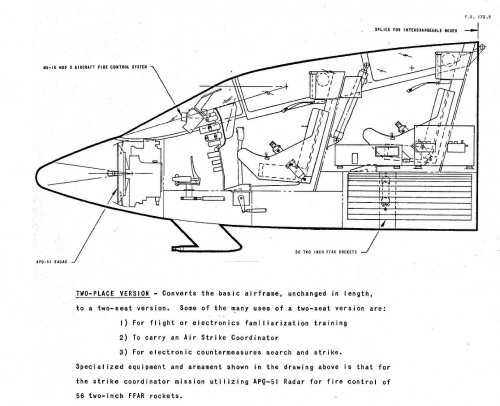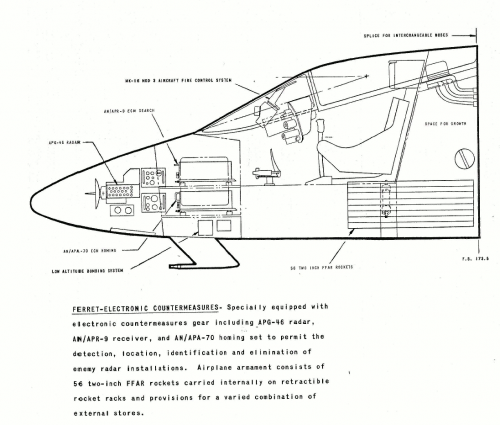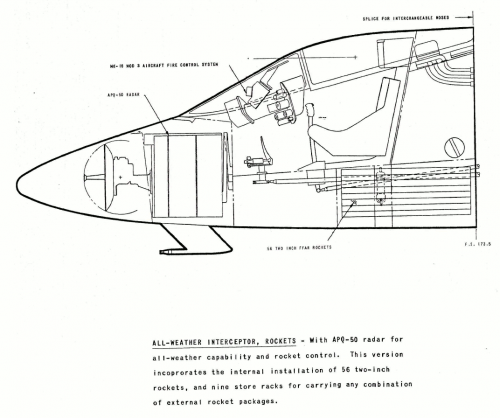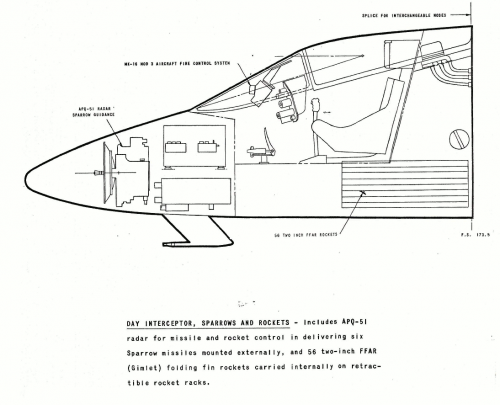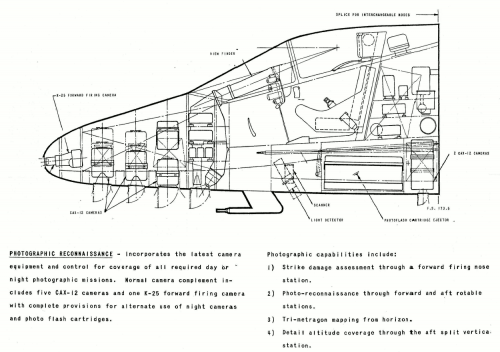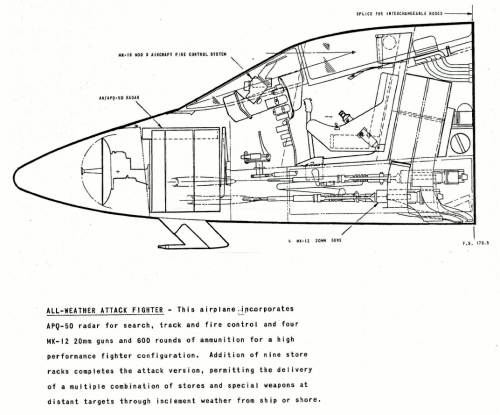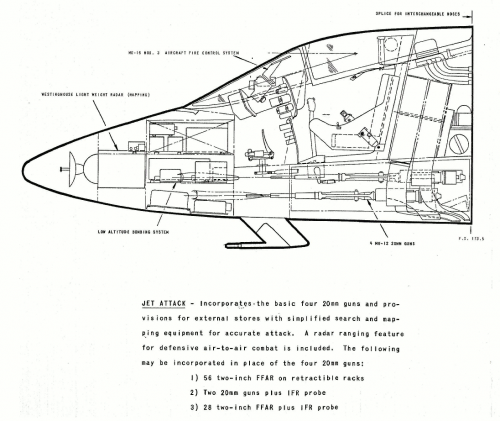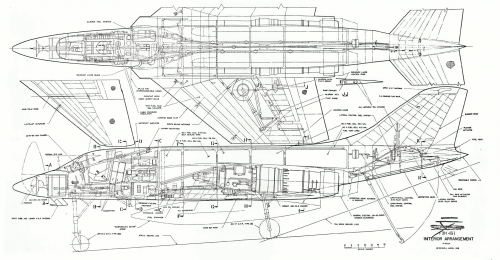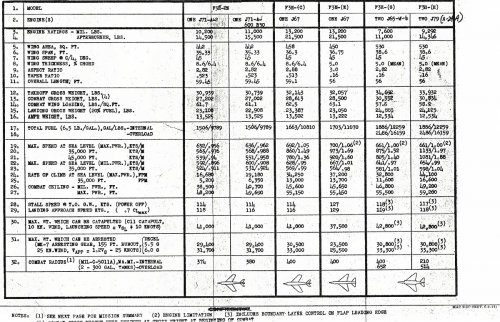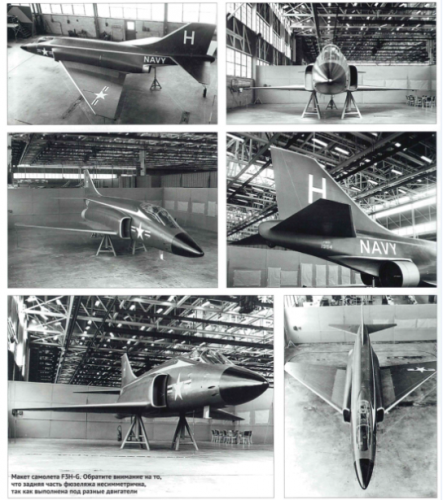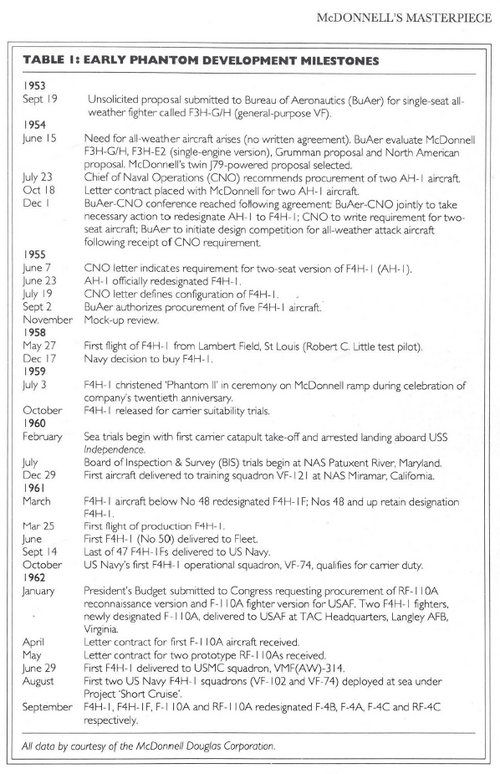pometablava said:....
..and about Demon to Phantom intermediate stages?
Pometablava...
Joe Baugher's website has a whole paragraph on the subject.
From the website
http://home.att.net/~jbaugher1/f4_1.html
The design of what was eventually to emerge as the McDonnell F-4 Phantom began in August of 1953. The McDonnell design team was headed by Herman Barkley. Initially, the goal of the team was to extend the production life of the F3H Demon single-seat carrier-based fighter by boosting its performance and improving its versatility.
Several quite different design concepts emerged, all of them being informally designated by the company as F3H-X since they were all viewed as a natural follow-on to the F3H Demon.
The first of these preliminary designs was the F3H-C or the "Super Demon". The F3H-C was to be powered by a single Wright J67 turbojet and was to be capable of reaching Mach 1.69 at high altitude. The J67 was a license-built version of the British-built Bristol Olympus turbojet engine, and was untried and unproven at the time.
The F3H-E project (also known as Model 98A by the company) was similarly powered, but dispensed with the nose-high attitude of the Demon and stood level on a tricycle undercarriage. It had a 45-degree swept wing of 450 square feet in area. In the event, the J67 engine never did materialize as a realistic powerplant for American aircraft.
The Model 98B (F3H-G) project was to be powered by a pair of Wright J65-W-2 (or W-4) turbojets rated at 7800 lb.s.t. each. The twin-engined configuration was attractive to many in the Navy, because of the increased amount of safety it offered over a single-engined aircraft. The engines were to be fed by a pair of side-mounted air intakes. A low-mounted swept wing and an all-flying straight tailplane were to be used. This wing was slightly larger than that of the F3H-E, with a 530-square foot area. The fuselage was to be designed in conformance with the area rule, in order that minimum transonic drag be achieved.
The F3H-G aircraft was to be equipped with an Aero 11B fire control system and an AN/APQ-150 radar. Armament was to consist of four 20-mm cannon, but provision for a retractable pack carrying 56 two-inch FFAR rockets was also proposed. A heavy load of bombs and fuel tanks could be carried on up to nine external stores stations (four under each wing and one underneath the fuselage). A maximum speed of Mach 1.52 was envisaged.
The J65 was a license-built version of the British-designed Armstrong Siddeley Sapphire engine, and was already in production at the time. Although at that time the Navy was experiencing a good deal of trouble with the J65 engine installed in its North American FJ-3 Fury single-engined fighter, the McDonnell team fully expected that these problems would be resolved by the time that their F3H-G proposal was ready for production.
The F3H-H was similar in overall configuration to the F3H-G, but was to be powered by a pair of higher-thrust General Electric J79 turbojets. The J79 was at that time a new and untried engine. Assuming that the J79 performed as promised, a maximum speed of Mach 1.97 was envisaged.
The Model 98F was the photographic reconnaissance version of the Model 98C.
Models 98C and D were to be fitted respectively with delta and straight wings, and were to be powered either by a pair of Wright J65s or two J79s.
The Model 98E (F3H-J) was to have been similar to Models 98C and D, but with a larger and thinner delta wing.
Herman Barkley's design team decided that the Model 98B with its twin J65s offered the best potential and they abandoned work on all the other configurations. A full-sized mockup of the Model 98B (F3H-G) was built. The company hedged its bets by designing the right side of the mockup for a J79 engine and the left for a J65.
On September 19, 1953, McDonnell submitted its Model 98B project to the Navy's Bureau of Aeronautics (BuAer) in the form of an unsolicited proposal. Since the Navy as yet had no official requirement for such an aircraft, McDonnell tried to cover all bases by developing interchangeable single- and two-seat noses that could be accommodated to widely different roles. Noses were designed that could carry search radars, missile fire-control systems, mapping radars, cameras, or electronic reconnaissance equipment.
Although the Navy was favorably impressed by the Model 98B proposal, the Grumman XF9F-9 Tiger and the Vought XF8U-1 Crusader which had been ordered respectively in April and June of 1953 appeared to satisfy all the Navy's immediate requirements for supersonic fighters. Nevertheless, the Navy encouraged McDonnell to rework its design into a single-seat, twin-engined all-weather attack aircraft to compete against designs being worked on by Grumman and North American.
McDonnell submitted a formal development proposal for the F3H-G/H to the Navy in August of 1954. The Navy responded in October of 1954 by issuing a letter of intent for two prototypes and a static test aircraft. The Navy assigned the designation AH-1 to the project, reflecting its intended ground attack mission. The AH-1 was to have no less then eleven weapons pylons. Armament was to consist of four 20-mm cannon.
On December 14, 1954, the multirole mission of the aircraft was formally abandoned by the Navy, and McDonnell was requested to rework the proposal as an all-weather interceptor. McDonnell was instructed to remove the cannon and all hardpoints except for a centerline pylon for a 600-US gallon fuel tank. In addition, troughs were to be added for four Raytheon Sparrow semi-active radar homing air-to-air missiles. A Raytheon-designed APQ-50 radar was added, this installation being essentially that installed in the F3H-2 Demon. A second seat was added to accommodate a radar operator.
On April 15, 1955, in a formal letter from the BuAer to the Commander of Naval Operations, the J79 engine was formally adopted, and all work on the J65-powered version was dropped. -
Missing link between the F-3H Demon and F-4H Phantom is clearly this F3H-G.
There's a well known pic of the mockup, it's quite easy to find it on the web...

